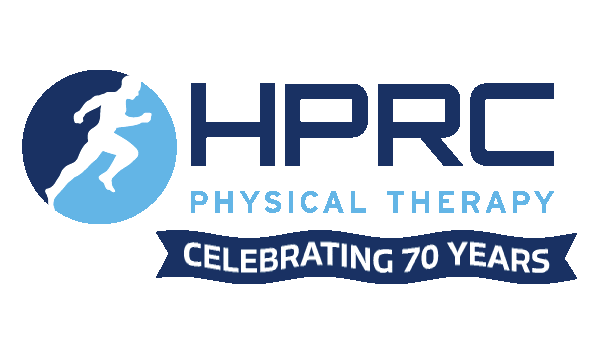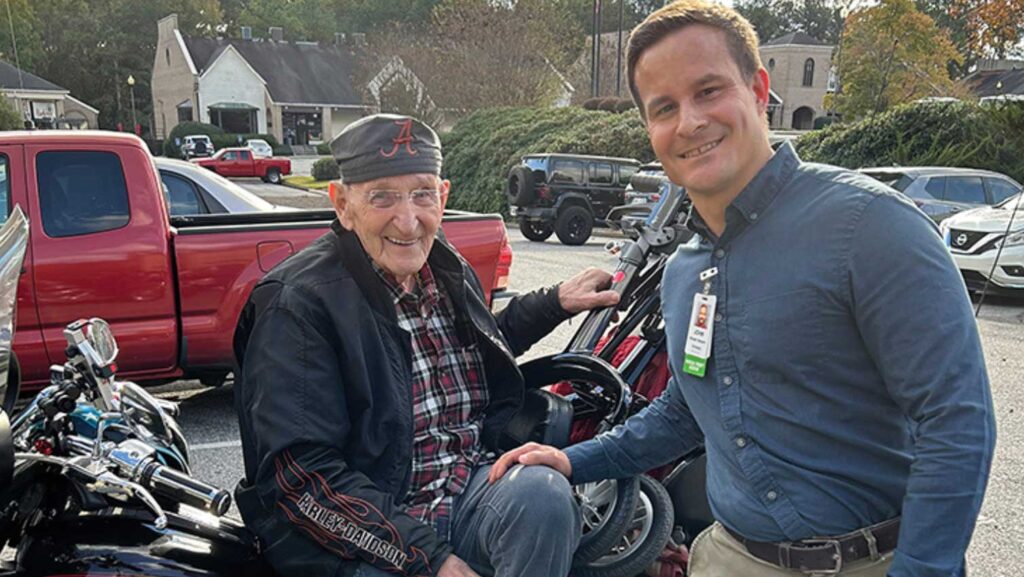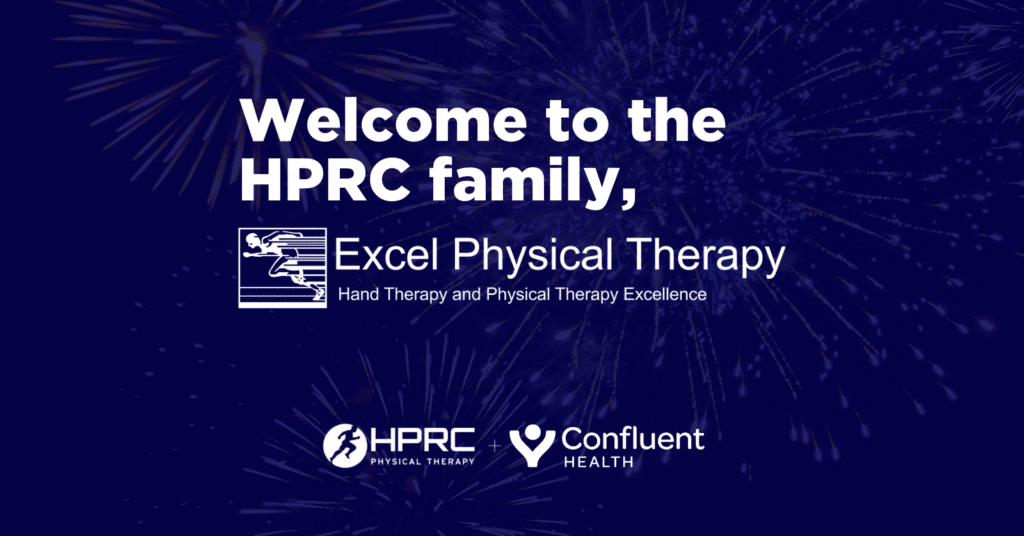If you’ve experienced low back pain, you’re not alone. According to the National Institute of Neurological Disorders and Strokes, about 80% of American adults – both men and women – will experience low back pain at some point in their lives. For many patients, physical therapy is an effective tool in improving low back pain and restoring strength and function.
The low back, or lumbar region, is an incredibly important part of the body. Comprised of five vertebrae, the low back supports the weight of the upper body as we go about our daily lives. Multiple components have to work together for the low back to function properly. Soft cushions or discs between the vertebrae act like shock absorbers as we walk, lift, run and jump. Ligaments hold the vertebrae in place. Tendons attach the muscles to the spinal column. Finally, dozens of pairs of nerves are embedded in the spinal cord. Each of these parts works in tandem, so when something is compromised, we feel pain.
No two patients experiencing lower back pain are the built exactly the same, which is why a physical therapy setting can be so effective in addressing a patient’s issues and body mechanics. Our goal is to restore normal physiological motion in the low back through tested hands-on therapy technques that zero in on each joint. In many cases, this mechanical approach is a much more effective – and certainly less invasive – than surgery.
Some of the patients we see experience pain due to spinal stenosis, or the narrowing of spaces in the spine. This is usually caused by age, normal wear-and-tear or arthritis. As joints harder and narrow over time, they can encroach on the nerves that are rooted there. When that happens, the nerves become compressed. We use techniques including traction modalities, manual therapy, joint manipulations and extension exercises both in the clinic and at home. These therapies help give the nerves more room to function and can help reduce pain in our patients.
Learn how maintaining good posture can help alleviate back pain.



